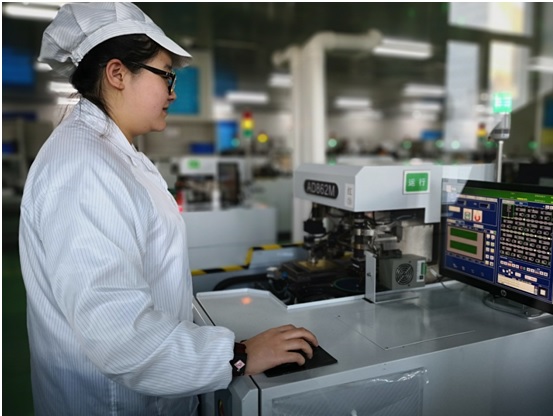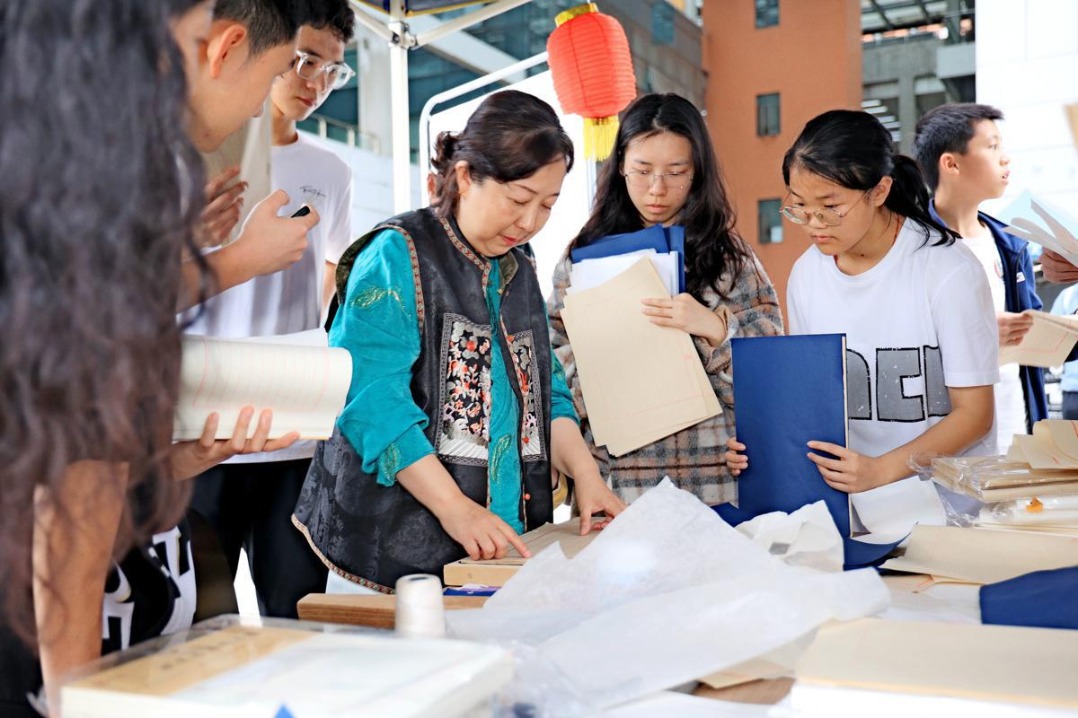Small innovative firms driving big growth in Jilin


Northeast China's Jilin province has firmly implemented an innovation-driven development strategy in recent years, helping to fuel the local economic development, and also power the transformation and upgrading of the old industrial base.
A number of "small giant" enterprises focused on high-grade, precision and advanced industrial products have demonstrated their value in the province.
The Jilin-1 satellite family -- China's first homegrown commercial remote sensing satellite constellation featuring high-definition images -- helps with forest fire warnings, desertification, offshore rescue, ocean protection and other remote-sensing information services.
"Since the first Jilin-1 was launched into the space in October 2015, 13 satellites in the Jilin-1 family have been sent into orbit," said Jia Hongguang, deputy general manager of Chang Guang Satellite, founded in 2014 in Changchun, the capital city of Jilin. "Now we have greatly improved the satellite service level, including revisiting any place in the world within one day and finishing a general investigation of China in a month."
He added, "the resolution of the satellites has been improved from the first batch's 0.72 meters to more than 1.1 meters. Meanwhile, the weight of the satellite continues to drop. The latest weighs only 40 kilograms, one of the lightest in the world with equivalent technical indicators."
Furthermore, Jilin-1 family satellites have been used for remote sensing more than 20,000 times by governments, research institutes, universities and industrial users since 2015, creating good social and economic benefits.
An aerospace information industrial park funded by the company that integrates satellite research and development, production, testing, and space education will be put into full operation in September.
"The park is expected to have an annual capacity of 30 satellites and 200 unmanned aerial vehicles," said Jia. "It will gradually form an industrial cluster of satellite and unmanned aerial vehicle research and development, production, remote sensing information processing and application."
According to Jia, the company has planned to form a network including 60 satellites by 2020 with the capability of revisiting any location in the world within 30 minutes and observing more than 800 target areas around the world every day.
- Beijing improves services to facilitate film and television projects
- Beijing man inherits properties after years of caring for elderly neighbor
- South China sees vast increase in precipitation
- Chang'e 7 to survey the lunar south pole in 2026
- Finland and Guangdong's Xuwen county forge dynamic sports partnership
- China dominates global tunneling projects at World Tunnel Congress





































